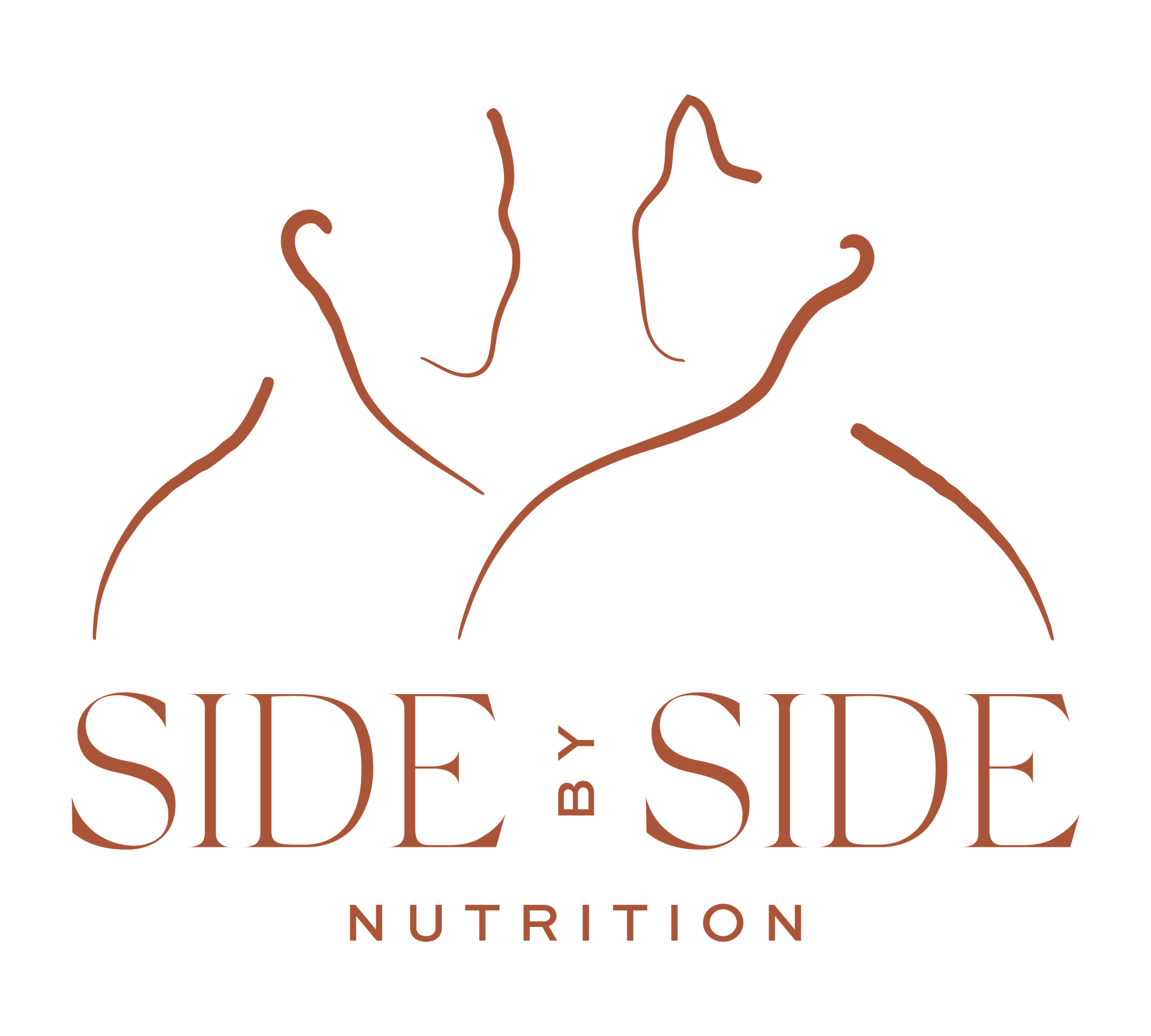How Successful is FBT?
Eating disorders are complex mental health conditions that affect individuals of all ages, genders, and backgrounds. These struggles aren't just about food—they affect every aspect of our lives, from our physical health to our relationships with ourselves and others. It's super tough. However, there is hope and recovery is possible. One approach that's gaining attention and is proving to be very successful is Family-Based Treatment (FBT).
Doctors Gorrell, Loeb, and LeGrange published a study titled Family-based Treatment of Eating Disorders. They write, “Current published clinical guidelines recommend an ED-specific family therapy as the first-line treatment of adolescents with anorexia nervosa (AN) and as a recommended treatment of adolescents with bulimia nervosa (BN).”
As a dietitian who is knee-deep in this field, I'm here to share why at Side By Side Nutrition we choose to practice FBT to help our clients and their families achieve recovery. I also want to discuss how the FBT approach is making waves in the world of eating disorder recovery.
Understanding Family-Based Treatment (FBT):
FBT is all about teamwork and recognizes that families are our best allies in this fight. By involving families in the treatment process, we're able to create a supportive environment where healing can truly take root. One of the core principles of FBT is the emphasis on empowering families to take back control of the eating disorder and to really support their loved ones through recovery. The role of the family is absolutely crucial in FBT.
Additionally, through collaboration with the client, family, and interdisciplinary specialized treatment team (dietitian, therapist, doctor, and other specialists), we create a comprehensive approach to move toward full recovery.
The Science Behind FBT:
The research behind FBT is very strong. Numerous studies have demonstrated the effectiveness of FBT in achieving recovery from eating disorders, specifically in teen and adolescent clients. Compared to traditional individual therapy approaches for this population, FBT has shown superior outcomes in terms of weight restoration, symptom reduction, and long-term recovery. For example:
A randomized controlled trial published in the Journal of the American Academy of Child and Adolescent Psychiatry found that FBT was significantly more effective than individual therapy in promoting full remission from anorexia nervosa among adolescents.
Research published in the International Journal of Eating Disorders has shown that FBT leads to greater weight restoration and symptom reduction compared to traditional individual therapy approaches.
Long-term follow-up studies have demonstrated sustained improvements and lower relapse rates among individuals treated with FBT.
When compared with other treatment modalities, FBT comes out as the winner when working with adolescents/teens and their families. This is because the key factors of FBT that make it so successful include early intervention, family involvement, structured meal support, and a focus on weight restoration.
The Role of the Dietitian in the Success of FBT:
Each member of the specialized treatment team is very important. As dietitians specializing in eating disorders and family-based treatment (FBT), we're here to provide personalized support that fits each person's unique nutrition and recovery needs. We work with our clients to assess nutrition needs, craft meal plans, help with weight restoration. We also work with the physician to address and assess any medical concerns, offer guidance and education, and work to empower families to make informed choices that support their loved ones' recovery.
Challenges and solutions of Family-based Treatment:
While FBT can be highly effective, it is not without its challenges.
One person/caregiver must be with the child at all times during the first phase of treatment. This can be difficult for work, family relationships, and more.
Eating disorder recovery is different for each child and adolescent. Some parts of FBT might work great for your family, others not. Ongoing communication is key.
FBT is a symptom-based approach, and it doesn’t address underlying issues.
Overcoming common obstacles such as resistance to treatment, mealtime struggles, barriers to weight gain, and relapse requires patience, persistence, and a collaborative approach.
These obstacles are to be expended and are part of the process. By providing families with an individualized approach, working and communicating consistently on a week-to-week basis to adjust plans, expectations, and goals, and offering practical strategies and ongoing support, we can help navigate these challenges and keep the momentum of treatment moving forward.
With patience and a whole lot of teamwork, we can overcome these challenges together.
The future of FBT is bright and we are excited! FBT offers hope and healing to individuals and families struggling with eating disorders. As a dietitian offering FBT services, I am committed to providing compassionate care and expertise to support clients on their journey to recovery.
If you or a loved one are struggling with an eating disorder, don't hesitate to reach out for support and to learn more about our FBT services and how we can help you on your path to healing.


